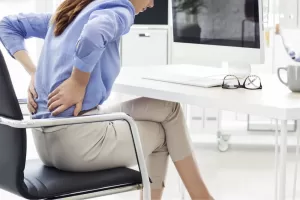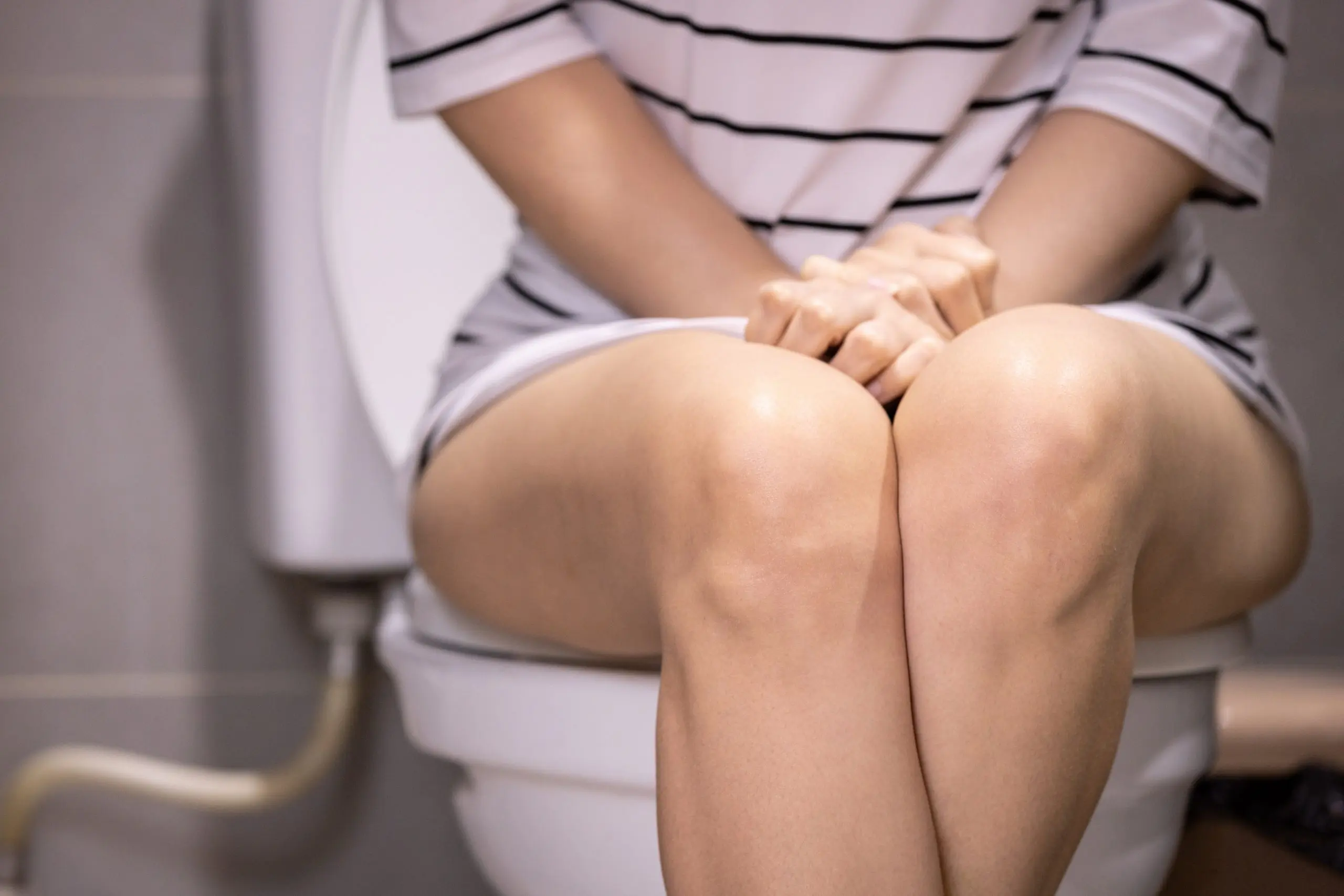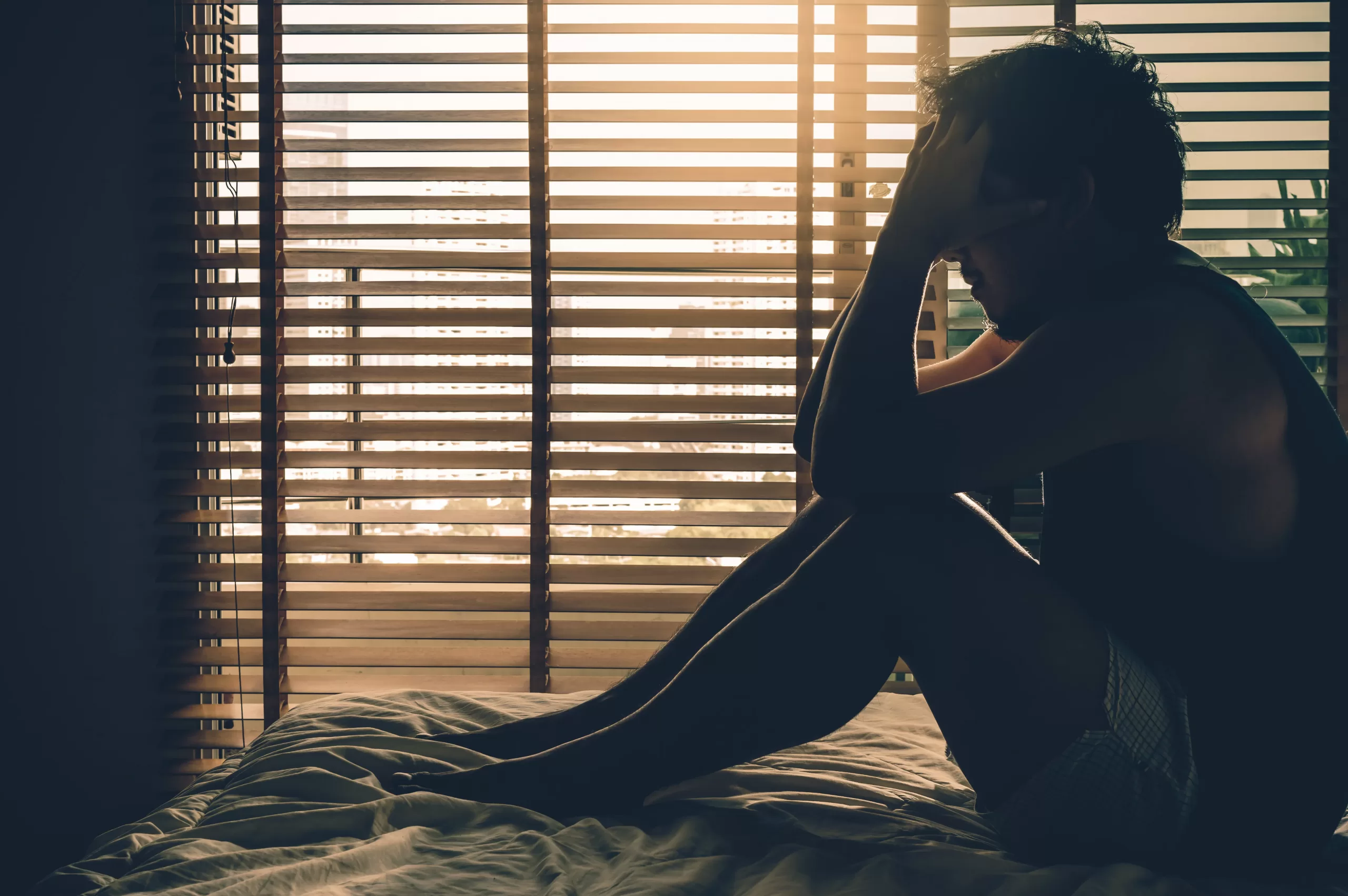Medically Reviewed by Dr AIFRIC BOYLAN
Last updated on 19.06.2023
Who gets low back pain?
- Low back pain is commonest in people between the ages of 45 and 59.
- It’s equally common in women as men.
- Low back pain related to employment is commoner in men than women.
How common is low back pain?
When does low back pain become “chronic”?
The National Institute for Clinical Excellence (NICE) in the UK defines the categories of low back pain as follows:
- Low back pain is “Chronic” if it’s lasted more than 12 weeks.
- It’s “Sub-acute” if it’s lasted between 6 and 12 weeks.
- It’s“Acute” if it’s lasted less than 6 weeks.
However, in many cases the pain is intermittent (it comes and goes) so these definitions can lead to confusion.
What causes low back pain?
There are many causes of low back pain. This article focuses on “mechanical” low back pain. However, back pain can sometimes signify serious, even life-threatening illness. Serious causes of back pain are much commoner in people over the age of 50.
- You should always consult with a doctor if you’re in any doubt over what’s causing your back pain.
Causes of mechanical low back pain include:
- Physically demanding work.
- Frequent bending/twisting/lifting/pushing/pulling.
- Standing still for long periods.
- Work with vibrating equipment.
- Emotional health issues such as stress, depression and anxiety (3).
I have low back pain- should I be worried about serious causes?
- Serious illnesses can affect anybody. You should definitely see a doctor if you’re worried about your low back pain.
- If you have any of the following, you need to call an ambulance immediately:
- Numbness around your anus (bumhole), your buttocks (bum) or the backs of your thighs.
- Incontinence of faeces (poo) or urine.
- Worsening weakness in your legs.
- Things that can indicate an increased likelihood of serious problems include:
- Significant trauma (eg. Road accident).
- Pain going higher up in the back.
- Feeling unwell.
- Weight-loss.
- Numbness/tingling.
- Weakness in your legs.
- Worsening or unrelenting pain.
- Night pain.
- Night sweats.
- Older people (over 50).
- Younger people (under 20).
How long does back pain last?
- The outlook is normally positive.
- 90% of cases resolve within 6 weeks.
- Most people who go off work are back at work within 1 month.
- Most people who go off work for more than 1 month are back at work within 6 months.
What is sciatica?
- Sciatica occurs when a nerve in your low back is squeezed (or “trapped”), usually by a “disc” or a muscle.
- Discs are the shock absorber system of the spine
- They are the doughnut-shaped softer pads between the bones of the back (vertebrae).
- The spinal cord travels down the middle of the vertebrae and discs.
- Nerves come out of the spinal cord between the vertebrae and discs.
- If a disc bulges outwards between vertebrae, it can press on a nerve.
- This can cause feelings of pain, numbness or tingling where the nerve travels to.
- Sciatica is when the pain goes down the thigh, into the knee and below, sometimes into the foot.
- It’s often worse if you bend forward, cough or sneeze.
What is the treatment for low back pain?
In most cases the treatment of back pain is as follows:
- Painkillers, usually starting with over-the-counter medications first.
- Sometimes other medicines such as muscle relaxants can help.
- Avoidance of triggers such as lifting/twisting/bending.
- Avoid bed rest if possible.
- Referral to a Physiotherapist and/or an osteopath.
- Gently maintaining an active lifestyle.
- Depending on the situation, imaging of the back (eg. MRI) may be ordered.
- This is usually only required if serious pathology is suspected or if surgery is being contemplated.
- Imaging of the back isn’t routinely recommended for mechanical low back pain as it doesn’t usually alter the management.
- Stronger painkillers or other medications may be required if things don’t improve.
Further Patient Resources
Article Resources
(1) Koes BW et al. Diagnosis and treatment of low back pain. BMJ. 2006; 332(7555):1430–1434
(2) National Institute for Health and Clinical Excellence (NICE) 2009.
(3) European Guidelines for the management of acute non-specific low back pain in primary care

Getting a Mental Health Care Plan in Australia: Your Guide
Getting a Mental Health Care Plan in Australia: Your Guide Mental health matters—and if you’re feeling overwhelmed, anxious, or down, a mental health care plan can help. But what is it, and how do [...]
UTI Symptoms and Treatment: What You Need to Know
UTI Symptoms and Treatment: What You Need to Know Urinary Tract Infections (UTIs) are common, uncomfortable, and often disruptive. But what exactly are the signs to watch for, and how can you get relief [...]
Free Mental Health Care Plan Online | Bulk-Billed by Qoctor
Free Mental Health Care Plan Online | Bulk-Billed by Qoctor Discover how to get a free, bulk-billed Mental Health Care Plan (MHCP) in Australia through Qoctor's telehealth service. Accessing [...]





